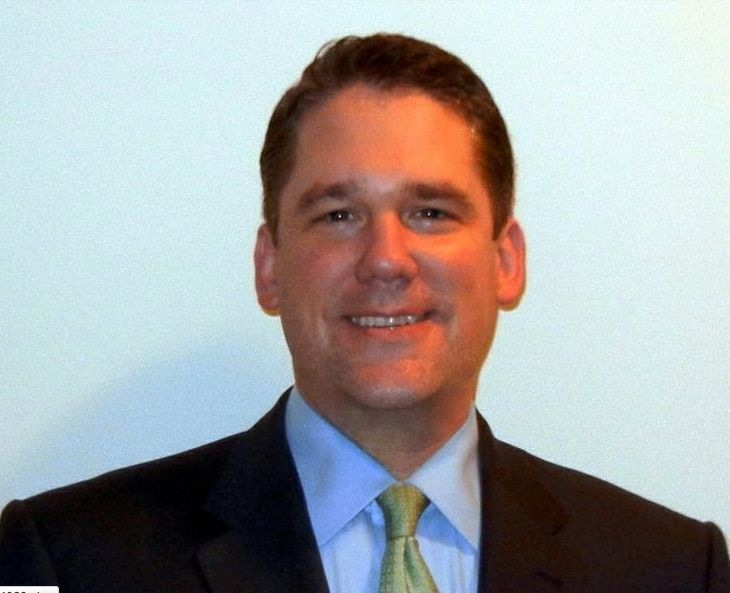Hedge Fund Association Appoints Mark McGoldrick and Greg de Spoelberch as Regional Co-Directors of New York Chapter
| By Alicia Miguel | 0 Comentarios

The Hedge Fund Association (“HFA”) announced the appointments of Mark McGoldrick, Managing Director of Concept Capital Markets, and Greg de Spoelberch, Director of Marketing and Operations at Opalesque, as the New York Chapter‘s Regional Co-Directors. McGoldrick and de Spoelberch will lead HFA in the region and help produce member educational programs and events. They will serve alongside McGladrey Partner Sal Shah, Regional Director for both the HFA’s Northeast Chapter and Connecticut Chapter.
McGoldrick has been a Managing Director at Concept Capital Markets since August 2011 following the firm’s acquisition of Alaris Trading Partners, an introducing brokerage he founded in February 2006. Earlier in his career, he worked at UBS Securities in prime brokerage.
“I am honored to be appointed by the HFA as Regional Co-Director for the New York Chapter,” said McGoldrick. “I look forward to helping enhance the organization’s frequent programs that aim to educate, connect and accelerate success for HFA members in the largest hedge fund city in the world.”
De Spoelberch has been with Opalesque since 2009, initially as Head of Product Development until 2011 before he was appointed Director of Marketing and Operations. He also serves as Producer of Opalesque TV, interviewing top “Legends and Leaders” in the alternative investment industry.
“As Regional Co-Director for the HFA’s New York Chapter, I am eager to help enhance business and professional development programs for our members,” said de Spoelberch. “In the years ahead we plan to boost the HFA’s already frequent member events in New York City, and foster best practices and new business development opportunities for all of our members.”
“I want to welcome Mark and Greg to their new leadership roles as HFA’s Regional Co-Directors for New York,” said Shah. “I look forward to working alongside them to plan high-quality member events for New York and more broadly, the Northeast. Their experience in the industry will allow us to take the organization’s activities in the region to the next level.”
Shah heads the HFA’s Northeast and Connecticut Chapters, and Foley Hoag Partner Robert Sawyer also serves as the HFA’s Regional Chapter Director for Boston.
“As Chairman of HFA, I am pleased to announce new leadership positions for two very well-respected individuals in the hedge fund industry,” said David Friedland, President of Magnum U.S. Investments. “Mark and Greg will play a vital role in augmenting the HFA’s efforts in the New York Region.”





